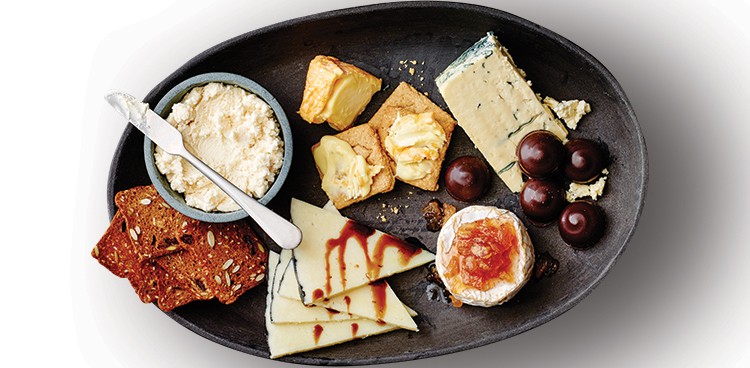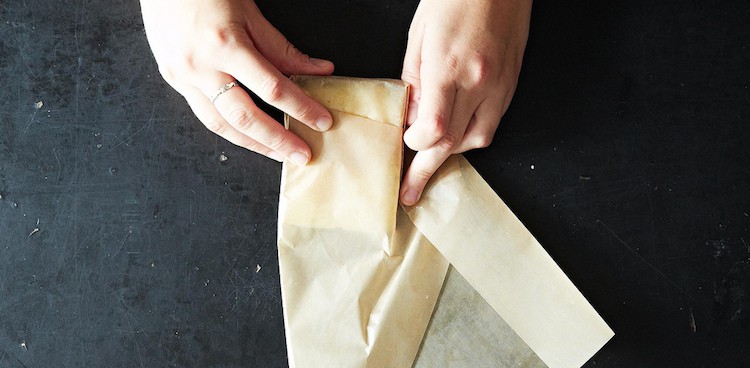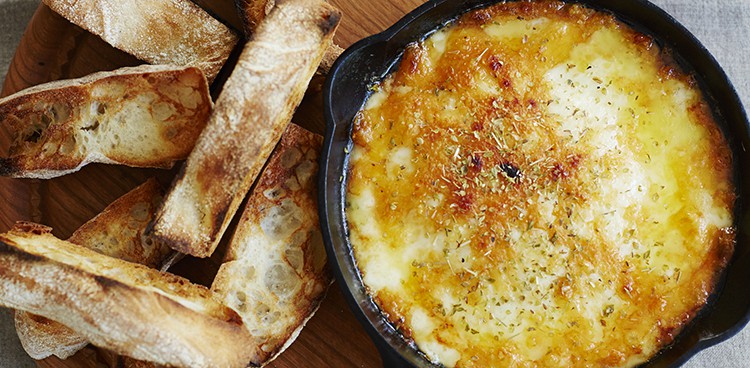
With over 1400 varieties of cheese, from the younger, milder, and softer types, to the hard, aged classics like Parmigiano Reggiano, there’s plenty of cheese to explore. The following five best practices will ensure that your lifelong cheese quest is quite enjoyable.
Moldy Cheese:
Is it safe to eat moldy cheese? Probably. Unwanted bacteria can easily permeate soft cheeses, so you might want to play it safe and chuck those. However, if a hard cheese has mold it’s typically still safe to eat. Just scrape off the mold with a nonserrated blade. When handling cheese, be sure all surfaces that will come in contact with the cheese—your hands included—are clean. An unkempt surface can promote mold growth.

Storing Cheese:
Wrapping and storing cheese is very important, yet it is something we often forget about. One of the best ways to wrap cheese is in specialty cheese paper, like the ones made by Formaticum. Storing cheese in plastic wrap, and wrapping it too tightly, can actually encourage bacteria growth, as well as impart a plastic-like flavor.
Serving Cheese:
Now that your cheese is in the fridge, remember that it should always be taken out at least an hour before serving. All cheese tastes better at room temperature. An exception to this rule is if you are going to grate a cheese, like a cheddar for example. A colder cheese will grate better.

Cooking with Cheese:
When choosing a cheese for cooking, bear in mind that not all cheeses melt evenly: Some will separate, and some never melt at all (such as feta). Some of the best melty cheeses are gouda, fontina, Monterey Jack, provolone, mozzarella, and Gruyère. If you have any doubts, sometimes the best way to eat cheese is simply as is.
Plating Cheese:
When you are choosing cheeses, keep in mind their color, shape, texture, and intensity. A good rule of thumb is to include a soft wedge, like a brie; a semi-soft, like a nice blue; a semi-hard, like an Alpine-style; and a hard cheese, like an aged cheddar. To figure out the right amounts, allot about an ounce of each cheese per person. If you were making a cheese plate for eight people, for example, you would need at least a half a pound.
Brian Roberts is the publisher of the short book “Cheese.” Get the full text on Amazon or browse all his other food pocket guides via Pocket Guide Club.




